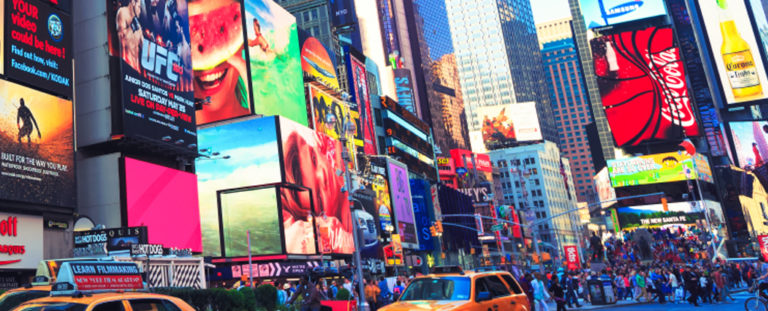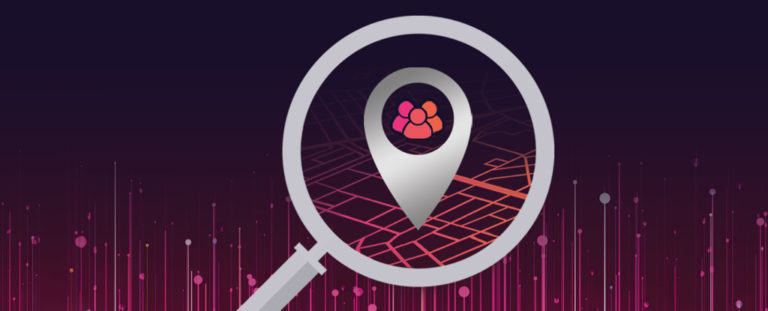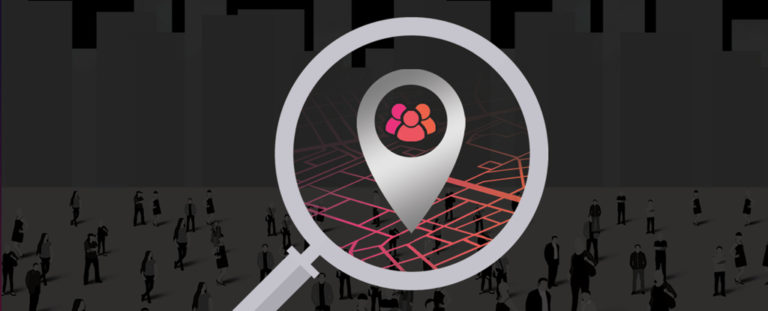Choice Overload: How to Help Consumers Decide with DOOH
Published: November 12, 2021
Do you ever feel like you have an abundance of choices these days? Well, you are not alone. Today's endless options can delay consumers' decision-making and elicit dissatisfaction. This phenomenon is known as 'choice overload,' a negative psychological and behavioral effect resulting from having too many options to choose from.
At first, researchers assumed that more options invoked freedom, autonomy, and control. However, in the '70s, Alvin Toffler revealed that over choice or choice overload is a cognitive impairment that overwhelms and drains consumers. Psychologist Barry Schwartz further supported Toffler's research with a similar theory called "The Paradox of Choice," examining the complexities of choices and how detrimental it is for consumers for their psychological and emotional well-being.
Now, the existence of choices extends online, with excessive ad stimuli circulating social media, the internet, and emails. In a recent consumer report, 42% of consumers said they had completely abandoned a planned purchase because of choice overload. And, more than half of consumers stopped purchasing a product from a website because choosing the right product was too difficult. Their research found that the gluttony of choices is quickly turning to noise. Without guidance, consumers are unable to make steadfast and confident decisions.
Digital out-of-home (DOOH) advertising is crucial for advertisers' marketing strategy. It not only cuts through ad blindness but allows brands to reach relevant consumers and conclusively optimize campaigns. Showcasing specific product ads to ideal consumers will diminish choice overload because brands provide people with suitable options, tailored specifically for them. Not to mention, DOOH has other benefits such as driving brand awareness, as well as a lift in foot traffic and sales and purchase intent.
When people are outside of the home, they tend to focus more intently on the world around them, including eye-catching, dynamic ads. Researchers found that DOOH cuts through ad blindness more than other media types, 2x more likely to be seen and 2.5x more impactful than static advertising.
Eye-catching ads plus hyper-targeted focus allows brands to take out the guesswork of where to place their ads to receive maximum visibility. Therefore, reaching a pre-identified audience segment that fits their product or service and alleviating consumers’ confusion and helplessness amid excessive options. Reaching prospects to the granular zip code, psychographics, and demographics will improve sales and limit their choices by grasping what the consumer wants before they do.
For example, Lasik MD ran an elevator DOOH campaign that targeted eyeglass wearers. The largest laser vision corrective surgery provider used AI facial recognition technology to identify what eyewear the rider was wearing and update the message and creative accordingly. As a result, the ads delivered 11 million targeted impressions to those who wear glasses, increasing engagement by 17%. Not to mention, the technology recognized the ages and gender, which allowed the Lasik marketing team to segment their results.
As customer choices and expectations continue to grow, brands and advertisers need to find a way to capture their attention while providing them with the right option. With DOOH, brands can reach specific consumers with appropriate messaging and content that fits their preferences and needs—in turn, taking the guesswork out of marketing. So, what are you waiting for? If you're ready to plan and launch your DOOH campaign, our team of DOOH experts is prepared to help at no charge to you! Contact us at concierge@adomni.com.
Written By: Julia Cramer
To get the latest updates on out of home advertising, digital marketing and technology, follow us on:
Or sign up for our newsletter.






